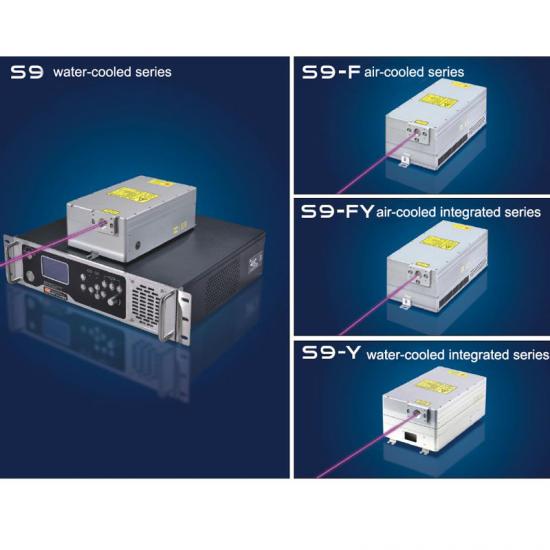Neuester Blog
Der Effekt ist genial! Anwendung des industriellen Nanosekunden-Festkörperlasers von RFH beim Kupferfolienschneiden
Jul 25 , 2022Der Effekt ist genial! Anwendung des industriellen Nanosekunden-Festkörperlasers von RFH beim Kupferfolienschneiden
Metallfolie ist ein dünnes Metallblech, das aus Metall verlängert wird, und verschiedene Arten von ultradünnen Metallfolien haben unterschiedliche und wichtige Anwendungen in verschiedenen Industrien. Beispielsweise werden Stahl- und Legierungsfolien hauptsächlich in der Elektronik und Luft- und Raumfahrt verwendet, Titanlegierungsfolien können zur Herstellung dekorativer Netze auf Strahltriebwerks-Verbrennungsrohren verwendet werden, Wolfram- und Molybdänfolien werden für elektronische Röhren und Heizelemente verwendet und Eisen-Nickel-Weichmagnet Legierungsfolien werden verwendet, um Eisenkerne für Miniatur-Hochfrequenzimpulstransformatoren, Magnetaufzeichnungsgeräte usw. herzustellen, und die unten erwähnten Kupferfolien können für kupferkaschierte Laminate und dergleichen verwendet werden.
Kupferkaschiertes Laminat (CCL) ist eine Art plattenartiges Material, das durch Imprägnieren von elektronischem Glasfasergewebe oder anderen Verstärkungsmaterialien mit Harz, Bedecken einer oder beider Seiten mit Kupferfolie und Heißpressen gebildet wird und als kupferkaschiertes Laminat bezeichnet wird. Leiterplatten mit unterschiedlichen Formen und Funktionen werden aus verschiedenen Arten von gedruckten Schaltungen durch Ätzen, Bohren und andere Prozesse auf dem kupferkaschierten Laminat hergestellt.

UV-Laser | grüner Laser | UV-Laser | UV-DPSS-Laser | Nanosekundenlaser | UV-Laserquelle | Festkörperlaser
Copper foil plays the role of interconnection and support in the printed circuit board, which has a direct relationship with the performance and quality of the printed circuit board. Its importance is self-evident, and the cost and difficulty of manufacturing copper foil are relatively high. Therefore, high precision is required when cutting copper foil, so as to improve the utilization rate of copper foil and reduce production costs for manufacturers.
Compared with laser cutting, the traditional die cutting process is slightly inferior in terms of efficiency, processing speed, cutting loss, and cutting accuracy. At present, ultraviolet lasers are widely used in the industry to cut copper foil. The 355nm ultraviolet laser brought by the industrial-grade nanosecond solid-state laser developed by Nanofei Optoelectronics has high beam quality and high power. After integrating optical devices, moving parts, and visual control software, it is especially suitable for cutting copper foil.
Its beam quality is high (M2<1.2), the focusing focus obtained after adding the supporting optical equipment is very small, the diameter of the spot is micron, and the power density is not high. Set the focus position, size, focal depth and other parameters, you can Make high-quality cuts with small cutting gaps and high precision. Moreover, the ultraviolet laser has a short wavelength, wide applicability of materials, and high absorption rate. The cutting process is "cold working". With a very small pulse width (<25ns), it will cause non-heat treatment damage to the material, which will affect the inner layer of the machined surface and the surrounding area. The area is not affected by heating or thermal deformation, the heat-affected zone is small, and there is no carbonization or burr on the edge when cutting copper foil, and the effect is very good. UV processing has basically become synonymous with precision cold processing. At the same time, the efficiency of laser processing is also very high, which can bring real benefits to manufacturers in a good and fast manner.
With the rapid development of the communication industry, an unprecedented large market has been brought to copper clad laminates, and the demand for copper foil applications as the basic material of copper clad laminates will continue to increase. RFH's industrial-grade nanosecond solid-state laser can achieve high-precision, high-density cutting and micro-hole processing. This advantage caters to the current development pace of copper-clad laminates and is an ideal processing tool for copper foil cutting.